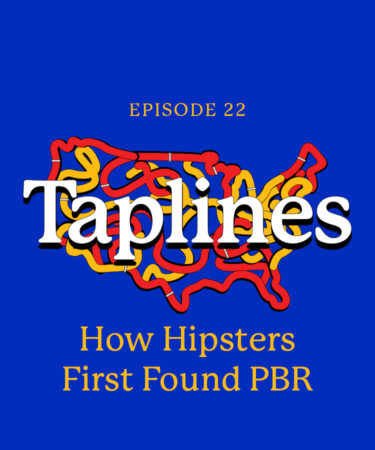In 1987, when former Pabst Brewing Company owner Paul Lamoanovitz passed, he left the keys to the brewery to his pets. Literally. Subsequently, the company fell into the hands of a charitable trust which legally had to attempt to sell the brewery every five years, but at the time, no one was interested in purchasing the then-dying beer brand.
Pabst Brewing Company was well on its way to the scrap heap in 2000 when former Pabst Blue Ribbon (PBR) marketer Neal Stewart joined the team. As the company struggled to find a way to turn the tides in its favor, an unexpected boom in sales took place in Portland, Ore., and Pabst sent the new guy out to the Pacific Northwest to see what all the buzz was about.
Through a string of corporate twists and turns, PBR had become the $1 can of choice at a number of Portland bars, most notably the Lutz Tavern located a stone’s throw away from Reed College — the crown jewel of “granola” liberal arts schools. Stewart quickly realized that the macro lager was developing a cult following of college students and mustached bike messengers with PBR back tattoos. Upon returning to the Pabst headquarters in San Antonio, Stewart pitched the idea of sponsoring a bike messenger race back in Portland, and the PBR hipster snowball started rolling.
Diehard Taplines listeners already know we’re fascinated by Pabst Blue Ribbon’s ascendance last decade as the ultimate insider beer for the country’s various outsiders’ scenes, thanks to our earlier episode with Steve “Stix” Nilsen, who worked on the Blue Ribbon brand throughout the 2010s. But today, we kick off Part 1 of a Taplines two-parter with Neal Stewart himself that’ll function as a prequel to that episode, going deep into PBR’s unlikely, inimitable rise in the early Aughts. Tune in for more.
